 | William Webster - Arithmetic - 1740 - 266 pages
...II. The laft Term. lit. The number of Terms. IV. The equal Difference. V. The fum of ail the .Terms. Any three of which being given, the other two may be found; as Mr. Oughtred in his Claiiii Ma-themettict, Chap. 19. Prop. the 6th, exemplifies in 10 propofitions;... | |
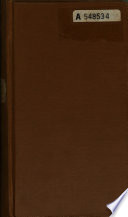 | Solomon Lowe - Arithmetic - 1749 - 334 pages
.../. (3) The number of terms, n. (4) The common difference, J. (5) The fum of all the terms, s : (II) any three of which being given, the other two may be found : as may be feen in a feries of 20 proportions in Oughtred's clavis math. 29. 4. Seealfo Malcolm, arithm.... | |
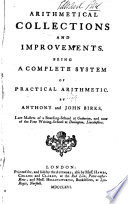 | Anthony Birks, John Birks - Arithmetic - 1766 - 640 pages
...Alfo42 . 35 . 28 . 2i . 14. 7_j_ common difference 7. In an arithmetical progreflion are five things ; any three of which being given, the other two may be found, which admit of twenty different propofitions« 3 I. The 3 105 35 5 105 21 7 105 15 15 105 7 21 105... | |
 | John Mair - Arithmetic - 1772 - 376 pages
...16 : 32 : 64 feries. In a geometrical progreffion, or feries, five things occur to be conf1dered j any three of which being given, the other two may be found. The five things are, 1. The leaft term, 1 v II. The>eateftterm.fExtremes' III. The number of terms.... | |
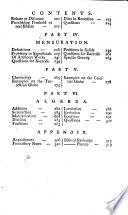 | Charles Vyse - Arithmetic - 1785 - 350 pages
...The Number of Terms. 4. The common Excefs or Difference. 5. The Aggregate or Sum of all the Terms. Any three of which being given, the other two may be found. PRO- I « PR-O POSITION I. When two Extremes and the Number ,of Terms are given, to find the Sum of... | |
 | John Thomas Hope - Arithmetic - 1790 - 430 pages
...2. Alfo 42, 35,28,21, 14, 7, common difference 7. In an Arithmetical Progreffion are five tiling«, any three of which being given the other two may be found,' which admit of twenty different proportions. lit. The firft term commonly the bail."} 2d, The laft... | |
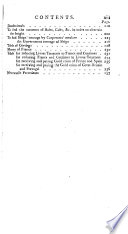 | Michael Walsh - Arithmetic - 1801 - 268 pages
...2. .The la ft term. 3. The numb т oi terms. 4. The equal difference. 5. Tha fum of all the terms. Any three of which being given, the other two may be found. The ßrfl. Jccond and third term given toßnd theßfth. RULE. Multiply the fum of the two extremes... | |
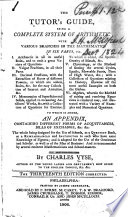 | Charles Vyse - Arithmetic - 1806 - 342 pages
...3. The Number of Terms. 4. The common Excess or Difference. 5. The Aggregate Sum of all the Terms. Any three of which being given, the other two may be found. PROPOSITION I. RULE. Multiply the Sum of-Jthe two Extremes into the Number •f Terms, and divide the... | |
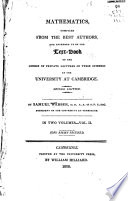 | Samuel Webber - Mathematics - 1808 - 520 pages
...Problem, are the latitude of the place, and the sun's altitude, decimation, and azimuth, and the hour ; any three of which being given, the other two may be found by^the solution of an oblique spheric triangle. Hence several useful Problems are formed, three of... | |
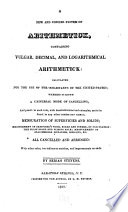 | Beriah Stevens - Arithmetic - 1822 - 436 pages
...: 4 : 8 : 16 : 32:64. In a geometrical progression, or series, five things occur to be considered ; any three of which being given, the other two may be found. The five things arc, 1. The least term. tc , o TU ... t Extremes. 2. 1 he greatest terms. $ 3. The... | |
| |